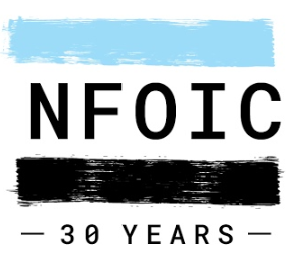Blog Posts
Transparency Watch: D.C. Schools Task Force to Meet for Two Years, Develop Ideas In Secret
dcogcadmin | August 29, 2015
Issues that have been contentious in public about the future of schools in the District seem poised to disappear behind closed doors—including where to put new schools, better sharing of good ideas, reducing student mobility, serving those students not now thriving, and getting better information to families puzzled by the dizzy array of choices. These and more will be on the agenda for a new “Cross-Sector Collaboration Task Force,” according to materials released August 19 by Deputy Mayor for Education, Jennifer Niles.
Beginning in October and continuing until July 2017, two dozen “balanced” members (nominations sought; selection presumably by the mayor’s office) will meet to develop recommendations to “improve the coherence of public education.”
A recent evaluation of the schools since the mayoral takeover noted missing data, lack of coordination and resulting confusion both within the multiple education offices in the D.C. government executive branch, as well as between D.C. and the charter school sector. As a result, said the blue ribbon panel of the National Research Council of the National Academy of Sciences, they couldn’t see that there was anywhere “ultimate responsibility for the quality of education for all the city’s public school students.”
Despite intense public interest in the future of education in the District, the task force will engage the public gingerly. Two years of meetings will, according to the plan, “be closed to the public.” “Transparency and trust” of the public will be sought, however, by inviting participation in a focus group, community meetings, an online survey, and a public roundtable.
The deputy mayor’s August 19 press release included supportive comments from DCPS Chancellor Kaya Henderson and Public Charter School Board Executive Director Scott Pearson. A week later, the Washington Post editorialized warmly as well, calling the effort “overdue.” Continuing the paper’s support for charter schools (now enrolling 44 percent of D.C. students), the editors noted a “worrisome…strain of anti-charter sentiment in some of the city’s education and political circles” and offered hopes the task force could “rein in” such views, since “dictating terms to charters would be counterproductive” and possibly even illegal.
The Post failed to notice it could also be counterproductive, and possibly illegal, for such a significant effort to be conducted chiefly through closed meetings. The District Open Meetings Act requires all public bodies to meet in public, to provide advance notices and agendas, and to follow strict guidelines limiting the grounds for closing any meeting or segment.
Whatever their views on schools for the 21st century, observers of open government and transparency will be watching to see whether this task force sees the light, opting for increased sunshine, or indeed sticks to the secrecy plan included in the initial documents.
